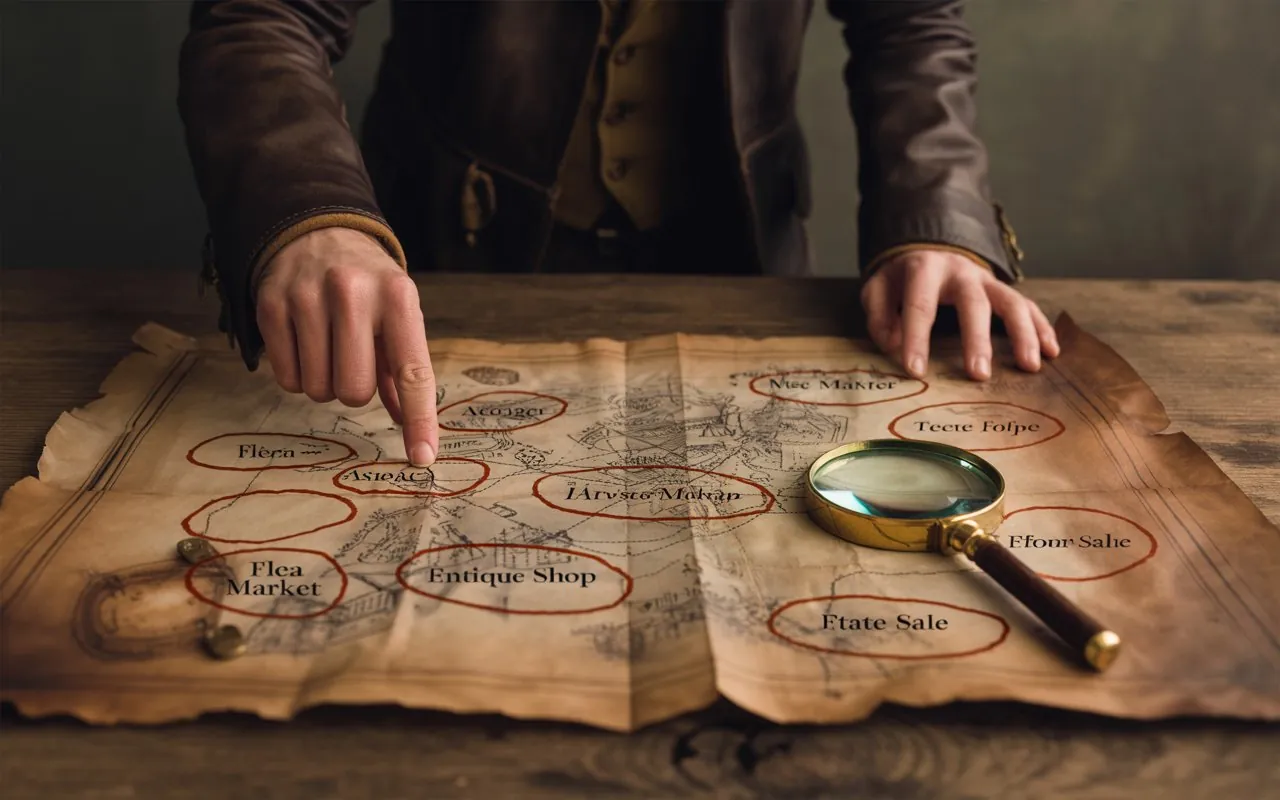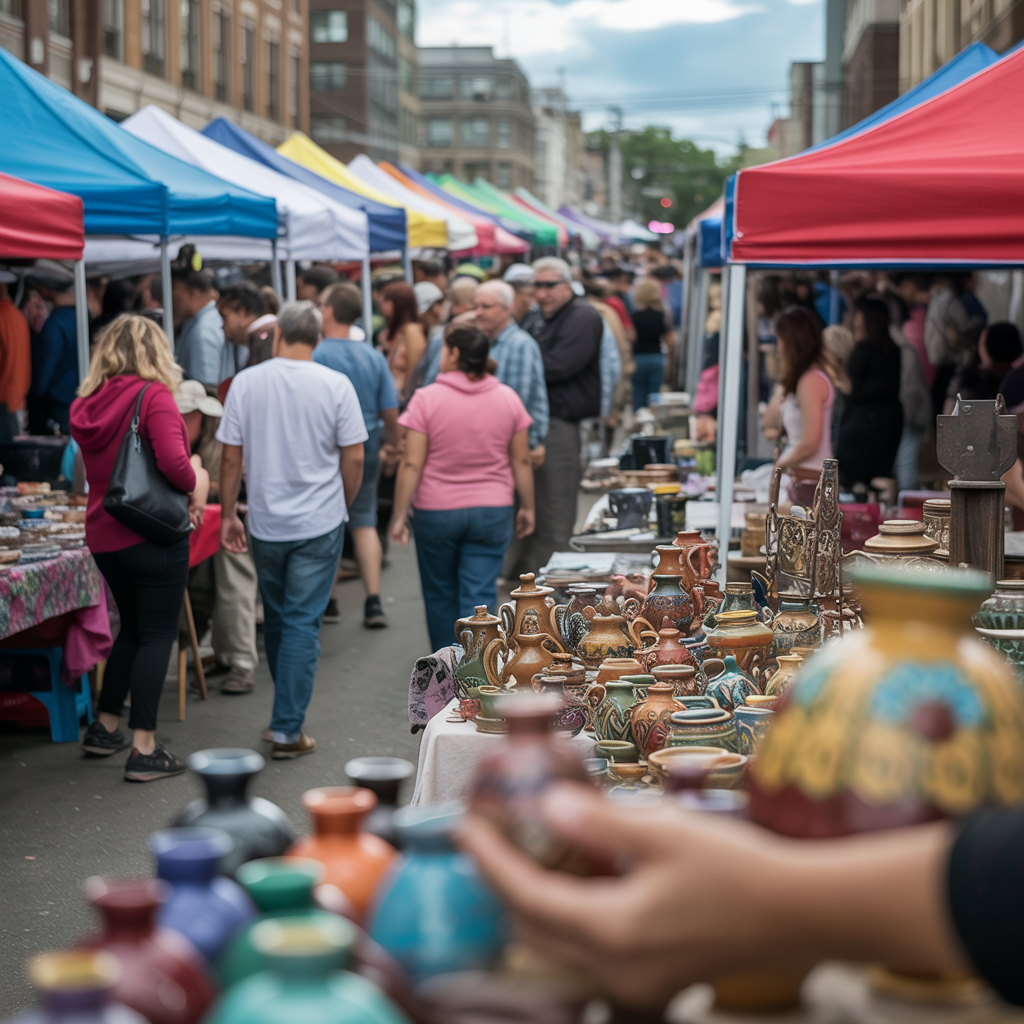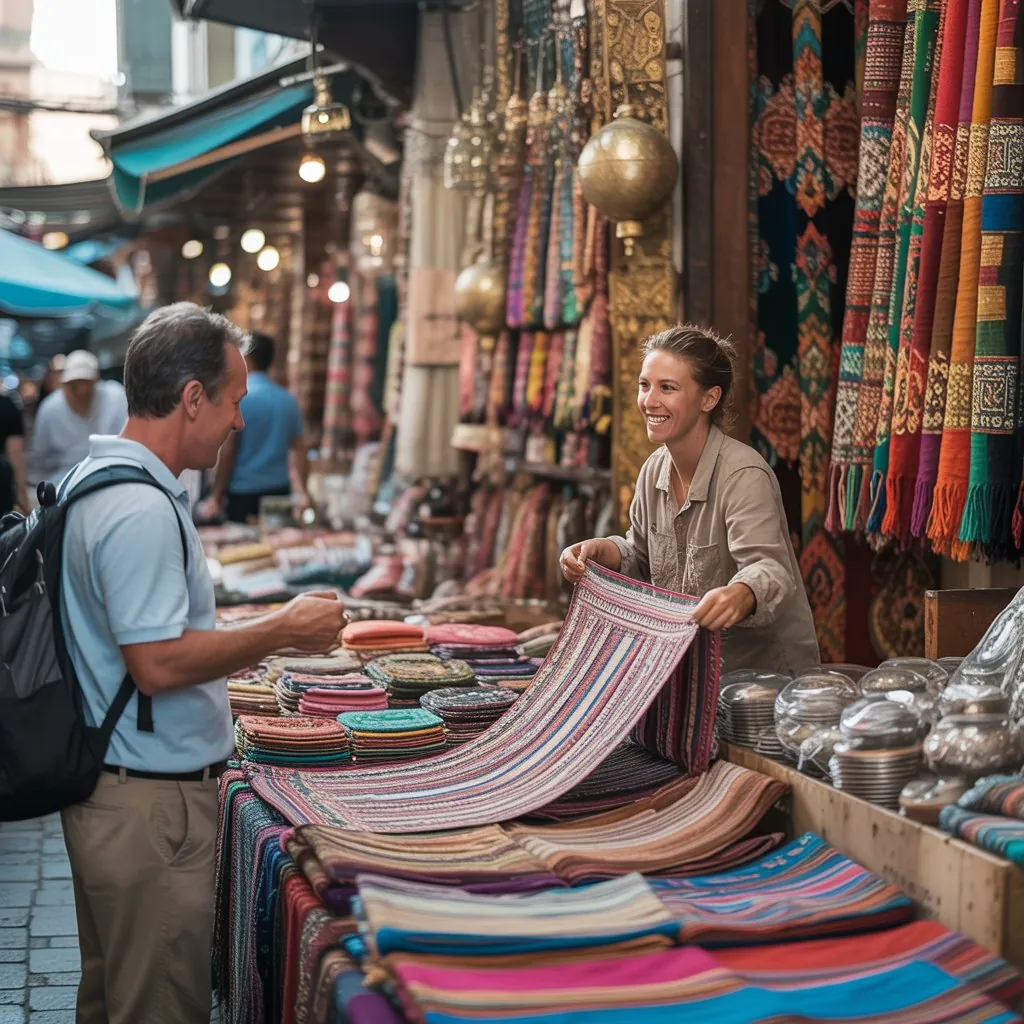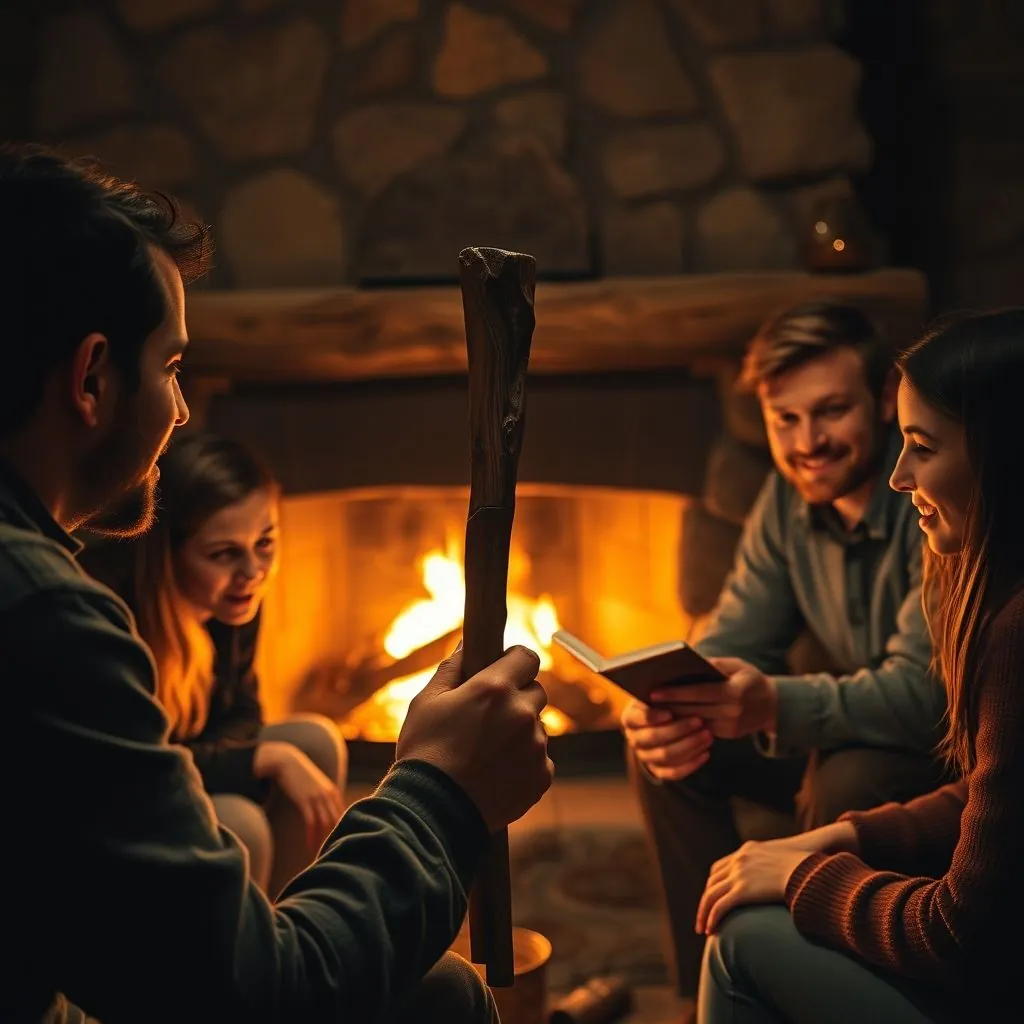There are certain objects that seem to vibrate with a life of their own. It might be a vintage leather jacket that fits you like a second skin, a strangely beautiful piece of pottery on your mantelpiece, or a piece of art that seems to hold a thousand secrets. These are the items that stop people in their tracks, compelling them to lean in closer and ask the ultimate compliment, the question that is a mix of awe, admiration, and pure, unadulterated curiosity: where on earth did you get that? This phrase is more than a simple inquiry; it is a recognition of individuality, a celebration of taste, and an invitation to hear a story.
This guide is dedicated to the art and science of the unique find. We will explore the deep-seated desire to surround ourselves with things that have character and soul, and we will provide a practical roadmap for how you can become a curator of your own fascinating world. This is about learning how to cultivate a life so interesting that your friends, family, and even strangers are constantly wondering, where on earth did you get that? This journey is about rejecting the mass-produced and embracing the one-of-a-kind, transforming your personal space and style into a true reflection of you.
The Psychology of a “Where on Earth Did You Get That” Moment
Before we embark on the hunt, it’s crucial to understand why this phrase holds so much power. When someone asks you where on earth did you get that?, they are communicating a complex set of emotions that go far beyond a simple desire to know the location of a shop. It’s a moment of connection sparked by an object that breaks the mold of the mundane.

- It Signifies Surprise: The phrase is an expression of genuine shock. The item is so unexpected, so different from what is commonly available, that it defies easy categorization. It’s not from the local mall or a big-box store. Its origin is a mystery, and that mystery is exciting.
- It Conveys Admiration: At its core, it is a profound compliment. The person asking is acknowledging your excellent taste, your discerning eye, and the effort you put into finding something special. They are admiring your ability to see beauty and potential where others might not.
- It Reveals Curiosity: The question is a sincere request for a narrative. The person doesn’t just want to know the “where”; they want to know the “how” and the “why.” They are asking for the story of the hunt, the adventure of the discovery. The story is often the real answer to where on earth did you get that?
- It’s an Act of Self-Expression: The items that elicit this question are extensions of our personality. They are tangible pieces of our history, our travels, and our passions. When you choose to wear or display something unique, you are making a statement about who you are. You are telling the world that you value history, craftsmanship, and individuality. Surrounding yourself with items that make people ask where on earth did you get that? is an act of building a unique personal identity.
Where on Earth Did You Get That: A Practical Guide to the Hunt
Cultivating a life filled with unique treasures is not about luck; it’s about strategy, patience, and knowing where to look. It requires shifting your mindset from that of a passive consumer to an active treasure hunter. Here is your guide to the best hunting grounds.

Mastering the Art of the Second-Hand Score
The most sustainable, affordable, and exciting way to find unique items is to explore the world of second-hand goods. This is where objects with a past are waiting for a new future.
- Thrift Stores: These are the foundational level of treasure hunting. The key to thrift store success is frequency and an open mind. You must be willing to sift through racks of ordinary clothing to find that one perfect vintage dress or designer coat that someone donated without realizing its value. Look for quality materials like wool, silk, and leather. The feeling of finding a high-quality, unique piece for a few dollars is the very definition of a where on earth did you get that? moment.
- Consignment Shops: These are a more curated version of thrift stores. The items are selected by the shop owner, so the quality is generally higher. This is a great place to look for designer clothing, handbags, and high-end decor at a fraction of their original price.
- Antique Stores: Stepping into a good antique store is like stepping into a museum where everything is for sale. This is where you will find furniture, jewelry, books, and art that have stood the test of time. Don’t be intimidated. Talk to the shop owners; they are often passionate experts who can tell you the history of their pieces. A beautifully crafted piece from an antique store will have your guests asking where on earth did you get that? for years to come.
Conquering Flea Markets and Artisan Fairs
Flea markets and fairs are temporary, magical kingdoms of a thousand different vendors, each with their own unique specialty.
- Flea Markets: The true beauty of a flea market is the sheer variety. You might find a farmer selling rustic tools next to a vendor selling vintage comic books, next to someone selling handmade jewelry. The key is to go early, bring cash, and be prepared to walk. The best finds are often in the most unexpected corners. This is where you find the unpolished gems, the items with true character that are guaranteed to make people ask you where on earth did you get that?
- Artisan and Craft Fairs: These events are a direct line to the creators themselves. You can find handmade pottery, hand-blown glass, unique textiles, and original art. The best part is that you can talk to the artist who made the piece, learning about their process and their inspiration. Buying directly from an artisan ensures you are getting a truly one-of-a-kind item and supporting a small, creative business. When you hang that original painting on your wall, the answer to “where on earth did you get that?” is a story about the artist you met.

The Secrets of Estate Sales
An estate sale is when the entire contents of a person’s home are sold, often after they have passed away or moved into assisted living. It is a poignant but incredible opportunity to find amazing things. An estate sale is a snapshot of a life, and you are being invited in to find a piece of it to carry forward. This is where you might find a complete set of mid-century modern dinnerware, a library of old books, or a collection of vintage clothing. These are the items that come with a built-in history, the kind of objects that always have people asking where on earth did you get that?
The Digital Dig: Finding Treasures Online
The internet has opened up a global marketplace for unique goods, but you have to know how to navigate it.
- Etsy: While it has become more commercialized, Etsy is still a fantastic resource for handmade, custom, and vintage items. The key is to use specific search terms and look for smaller, independent sellers.
- eBay and Other Auction Sites: These sites are a massive digital flea market. They are excellent for finding vintage collectibles, replacement parts for old items, and rare goods. The thrill of winning an auction for an item you’ve been hunting for is a modern version of the treasure hunt.
- Specialized Marketplaces: There are now online marketplaces for almost every niche, from vintage watches to antique furniture to rare books. Finding these specialized sites can connect you with a community of passionate collectors and sellers. A successful online find can be one of the most satisfying ways to hear the question, where on earth did you get that?
The Traveler’s Advantage: Sourcing Globally
One of the most rewarding ways to find unique items is to buy them while you are traveling. These items become more than just objects; they become souvenirs of your adventures. The key is to shop like a local, not a tourist. Avoid the main tourist strips and seek out the neighborhood markets, the small artisan workshops, and the local flea markets. A hand-painted tile from Portugal, a woven blanket from Peru, or a piece of jewelry from a market in Thailand will always be a conversation starter.
These are the ultimate where on earth did you get that? pieces because their story is your story. When someone asks you where on earth did you get that?, you get to relive your travels.

The Story Is the Answer to “Where on Earth Did You Get That?”
Ultimately, the power of these unique items lies not just in their physical form but in the story they carry. When a friend admires your strange, beautiful vase and asks where on earth did you get that?, they are giving you an opening. They are inviting you to share the experience of its discovery.
The answer is never just “at the store.” The answer is a narrative:
- “This old thing? I found it at the bottom of a dusty box at an estate sale in the countryside. The house belonged to a woman who had traveled the world…”
- “I bought this directly from the woman who wove it in a small village in the Andes mountains. Her family has been using the same techniques for generations…”
- “Can you believe I found this at a thrift store for five dollars? It was hiding in the back of the rack, and it’s pure cashmere…”
The story is what gives the object its soul. It transforms it from a simple possession into a marker of a life well-lived, a life full of curiosity, adventure, and an appreciation for beauty in all its forms. The real prize of the hunt is not the item itself, but the memory it holds. So, when people ask where on earth did you get that?, remember that you are not just telling them about an object; you are telling them about yourself.

Cultivating the Eye: How to Develop Your Own Unique Taste
The final step in this journey is learning to trust your own instincts. The goal is not to accumulate things that other people think are cool, but to find things that genuinely speak to you. A true “where on earth did you get that?” collection is a reflection of your unique and personal taste.
- Educate Yourself: The more you know about quality, craftsmanship, and history, the better you will be at spotting it. Learn to identify different types of wood, fabrics, and pottery. Read about different design eras, from Art Deco to Mid-Century Modern.
- See Potential: Learn to look past a layer of dust or a minor flaw. Sometimes the most beautiful objects are the ones that need a little love. Can that old chair be reupholstered? Can that tarnished silver be polished? Seeing the potential is the mark of a true treasure hunter.
- Trust Your Gut: If you feel a strange, inexplicable pull towards an object, pay attention. If it makes you smile, if it sparks your curiosity, if it just feels right, then it probably is. Don’t worry about whether it “goes” with your other things. If you love it, it belongs. This confidence is what will lead you to the items that have people constantly asking you, where on earth did you get that?

Conclusion: The Joy of the Curated Life
The pursuit of items that make people ask where on earth did you get that? is about so much more than just shopping. It’s a joyful rebellion against the mundane. It’s a commitment to living a more conscious, interesting, and sustainable life, filled with objects that have a history and a soul.
It’s about the thrill of the hunt, the satisfaction of the discovery, and the joy of sharing the story. It is a reminder that the most beautiful things in life are rarely found in a catalog or on a brightly lit store shelf. They are waiting in the dusty corners, the crowded market stalls, and the unexpected places, ready for a curious soul to find them and give them a new home. So go forth and start your own treasure hunt. Build a world around you that is so uniquely and wonderfully you that everyone who enters it is left with only one possible question: where on earth did you get that?